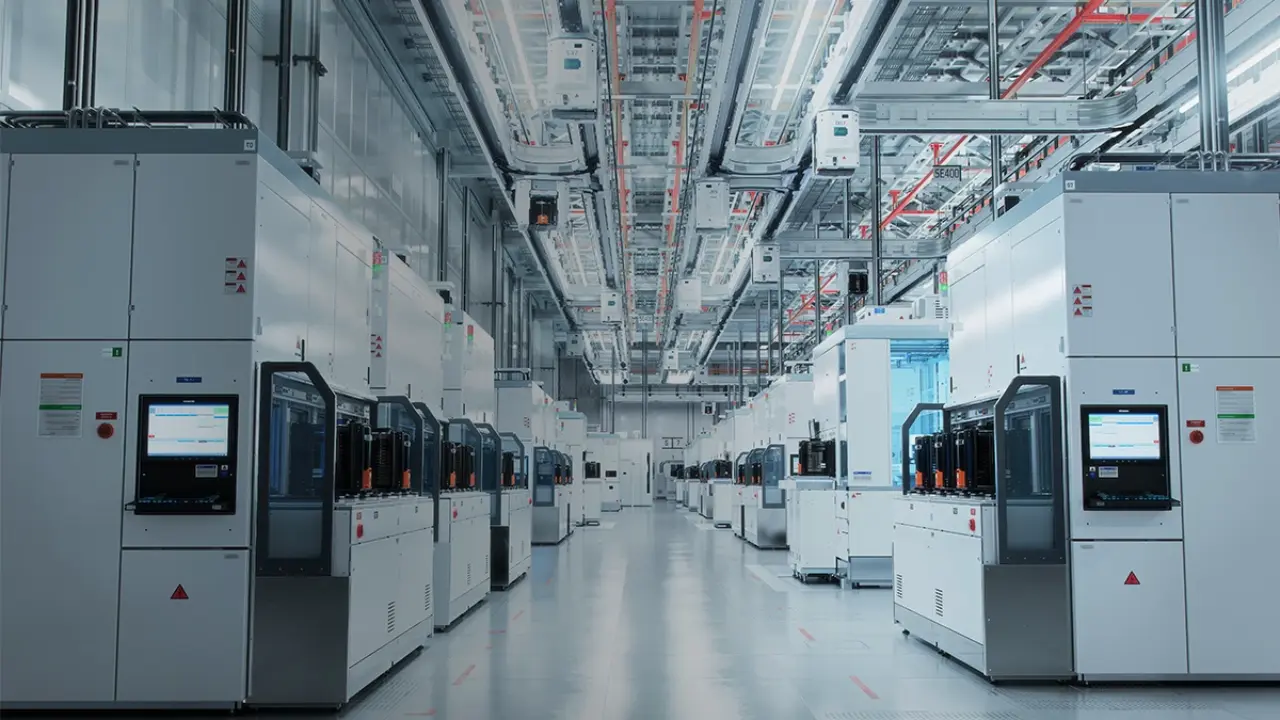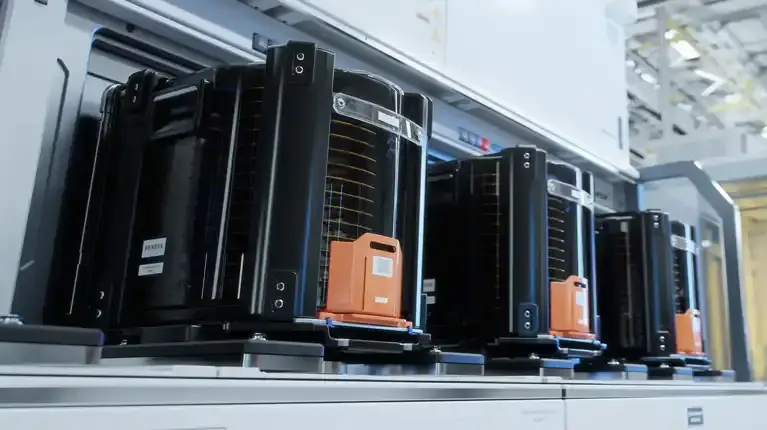
Vacuum Technology for Load Lock and Transfer
Load lock and transfer

Pfeiffer provides high vacuum turbopumps and dry vacuum pump solutions dedicated to wafer-handling applications, designed for the highest throughput and lowest operating costs.
FAQ
Which are typical requirements?
The typical target pressure for load lock and transfer chambers is in the 10-1 to 10-2 hPa (mbar) range. The main requirement is fast vacuum pump-down time to achieve high throughput.
What are the application requirements?
- High performance for high throughput
- Compact for easy integration
- Low utility cost and high reliability for low cost of ownership
How do load locks and transfer chambers work?
A typical semiconductor manufacturing process consists of two load lock chambers, one mainframe chamber (also called transfer chamber), and several process chambers. Wafers enter and exit the tool through the load lock chambers, which change wafer pressure conditions from atmospheric to low pressure and vice-versa. The transfer chamber facilitates the automated handling of wafers between load lock and process chambers or between multiple process chambers.